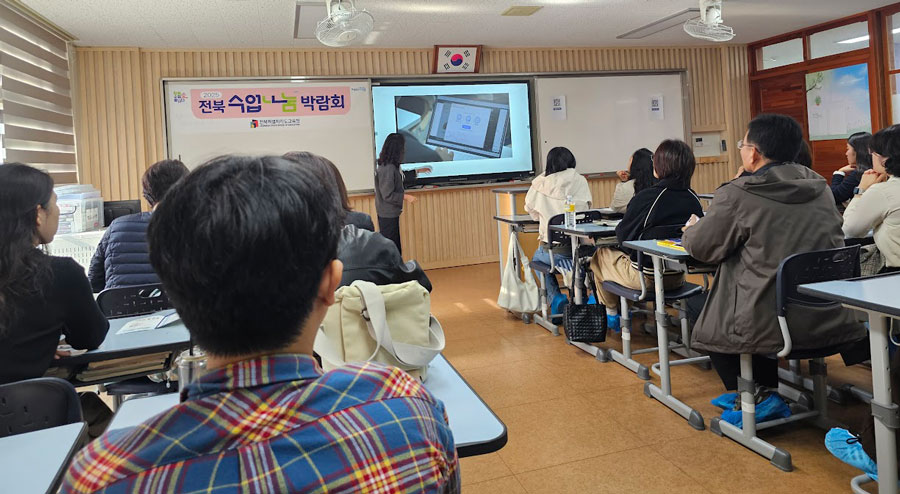지난 토요일 지역의 2025 수업 나눔 박람회에 다녀왔다. AIDT를 활용한 수업 사례를 참관하였다. 정말 좋은 수업이고 의미가 있었다. 읍면 단위 학교나 다름없는 중소 도시에서 그것도 영어 교과 수업인데 한 명의 친구도 소외되지 않는 수업을 설계하고 실천했다. 성취수준이 높은 친구에게는 높은 수준의 루브릭을 요구하고 낮은 친구에는 눈높이 수준을 요구하며 수업을 진행하였다. 한 교실에 다양한 성취 수준을 갖는 학생의 공존 가능성을 충분히 보여주었다. 특히 영어로 더빙하는 영어 동아리 활동은 매우 인상적이었고 참여하고 싶은 열망이 생겼다.
다만 이런 수업은 1학기 내지 1년은 가능할 것이다. 그러나 2, 3학년에는 어떻게 과목 선택을 지도해야 할지 고민이 생긴다. 물론 같은 과목을 선택하도록 하여 수업을 진행할 수도 있다. 그러나 전제 조건이 있다. 현재 성취수준이 낮은 학생의 성취도가 향상되어 성취수준 A, B와 D, E 그룹의 간격이 줄어들어야만 한다.
사실 많은 분이 수준별 수업을 이야기한다. 그런데 수준별 수업은 같은 과목 안에서 수업을 별도 수준별로 하고 평가는 같게 하는 구조이기에 현재와 같은 상대평가에서는 불가능하다. 그러니까 절대평가가 필요하다고 주장하지만, 절대평가, 성취평가는 성취수준이 비슷한 그룹이어야 합리적인 수업설계를 바탕으로 교수학습과 평가가 가능하다. 학력격차가 심하면 가능한 수업단계는 진단평가에 불과하다. 고1 학년 공통교육과정은 과목 선택이 어렵기 때문에 부득이하게 함께 할 수밖에 없는 상황이지만 2, 3학년은 상황이 다르다.
결국 상대평가, 절대평가(성취평가)의 구분없이 2, 3학년 교육과정에서는 학생의 적성과 진로 그리고 성취수준에 따라 과목을 교과별로 분리하여 교육과정을 운영할 수밖에 없다. 대학입시의 유불리를 놓고 성취수준에 따른 과목 선택을 언급하는 것은 바람직하지 못하다. 실제 성취수준별 수업 설계와 평가를 진행하면서 최소 성취수준 미도달 학생을 최소화할 수있는 방안을 고민해야만 한다. 2, 3학년 교육과정에서는 학교 지정이라는 강제로 학생이 만족하는 수업을 하는 것은 불가능하다. 교교학점제 실시의 기본적인 출발점이다.
성취수준 차이도 없고 학생의 적성과 진로의 차이가 없는 이상적인 교육 시스템이라면 최성보도 학점제도 필요 없다. 학점제 폐지를 주장한다면 이러한 전제가 가능한 시스템을 설계해야 한다. 평준화를 폐지하고 비슷한 성취수준을 가진 학생을 모집하거나 모든 학교를 특수 목적고로 설계하면 가능하다. 좋은 수업을 보면서 많은 학생이 만족하는 수업에 대한 고민을 해보았다.
 전북지역공동 교육위원회 자문
전북지역공동 교육위원회 자문
한국중등수석교사회 회장
전) 전북교육공동연구원 대표


 전북지역공동 교육위원회 자문
전북지역공동 교육위원회 자문